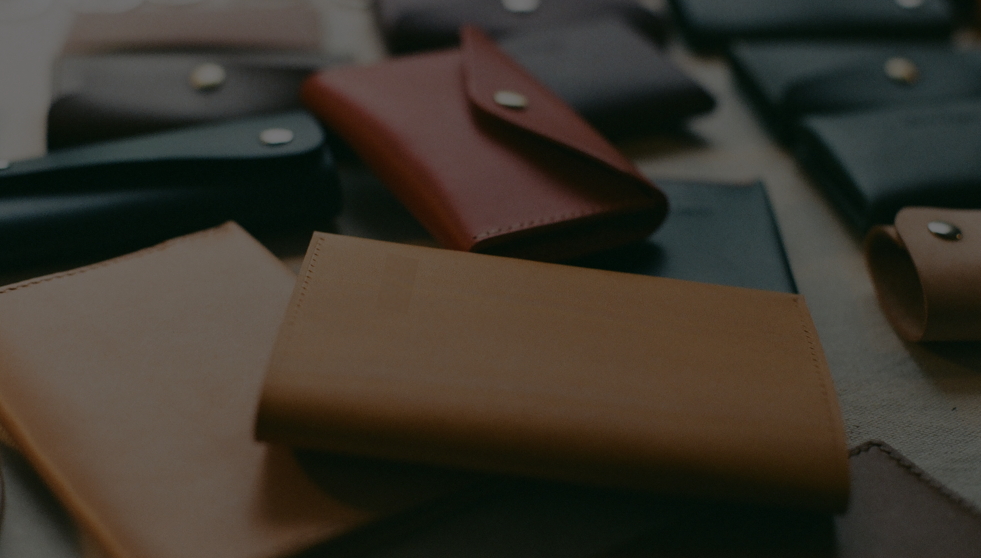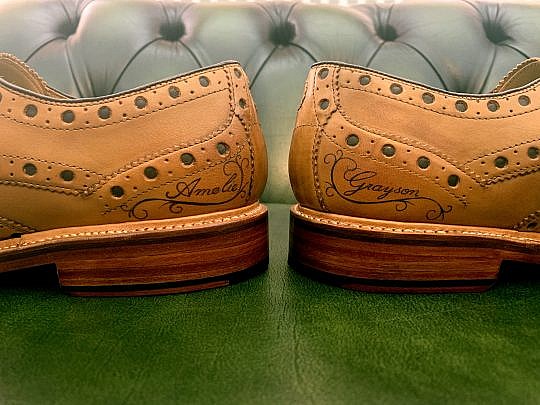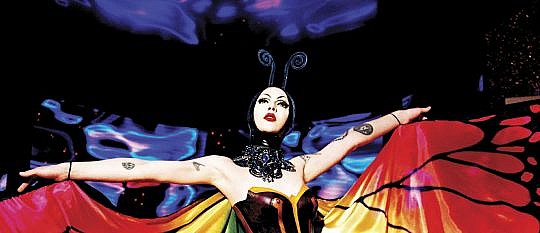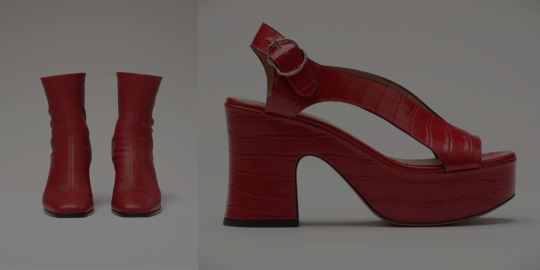Chrome tanning is the most widespread and versatile method while veg tanning has been around for thousands of years. Which is your favourite?
Vegetable tanning is a long process and often viewed as the most artisanal of methods. With multiple treatments of soaking cowhide in tree bark and other vegetable-derived tannins, it can sometimes take months.
Chrome tanning dates back to the mid-19th century. It is the most efficient method and is used in the production of around 85% of all leather.
During tanning, the tannins, whether from tree bark or chrome, link to the hide’s naturally occurring collagen and change its molecular structure. This process makes the resulting leather more durable, extending its life by making it more resistant to decomposing. Still, it is a natural product and when abandoned, leather will biodegrade in 50 years or less.
When chrome is used, best practice is to use a small amount of chromium III in the form of chrome mineral salts. This type of chromium occurs naturally in foods and is one of our dietary requirements. It should not be confused with the toxic variation, hexavalent chromium or chromium VI, which is not used in the tanning process.
Chrome tanning is a lot quicker and more efficient than vegetable tanning, so it is much cheaper, generally uses less water and has a different wastewater profile.
Vegetable tanning is typically used to make full grain leather, whereas chrome tanning allows the layers of the hide to be split so thinner leather and suede can be produced. Because vegetable tanned leather is generally thicker, it is often used for equestrian equipment, including saddles and reins, and sturdier bags and wallets.
Chrome tanned leather can be used for almost everything. Full grain can be used for harder wearing products and split grain and suede for more delicate things.
Vegetable tanned leather is usually a shade of brown, anything from the lightest beige to the darkest mahogany, depending on how long it has been soaked for and what it has been soaked in. Chrome tanned leather can be dyed almost any colour.
While all good quality leather improves with age, some think vegetable tanned leather wears the best. Whatever leather you choose, the patina becomes more and more beautiful over the years as it earns its own character.
So, both types of tanning have their advantages. Vegetable tanned is more rustic and natural looking, chrome tanned is more versatile and adaptable. Whichever one you choose, though, if you buy the best quality and look after it well, it will last you a lifetime and longer.








